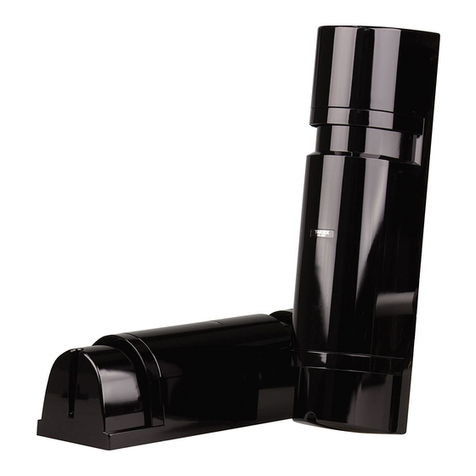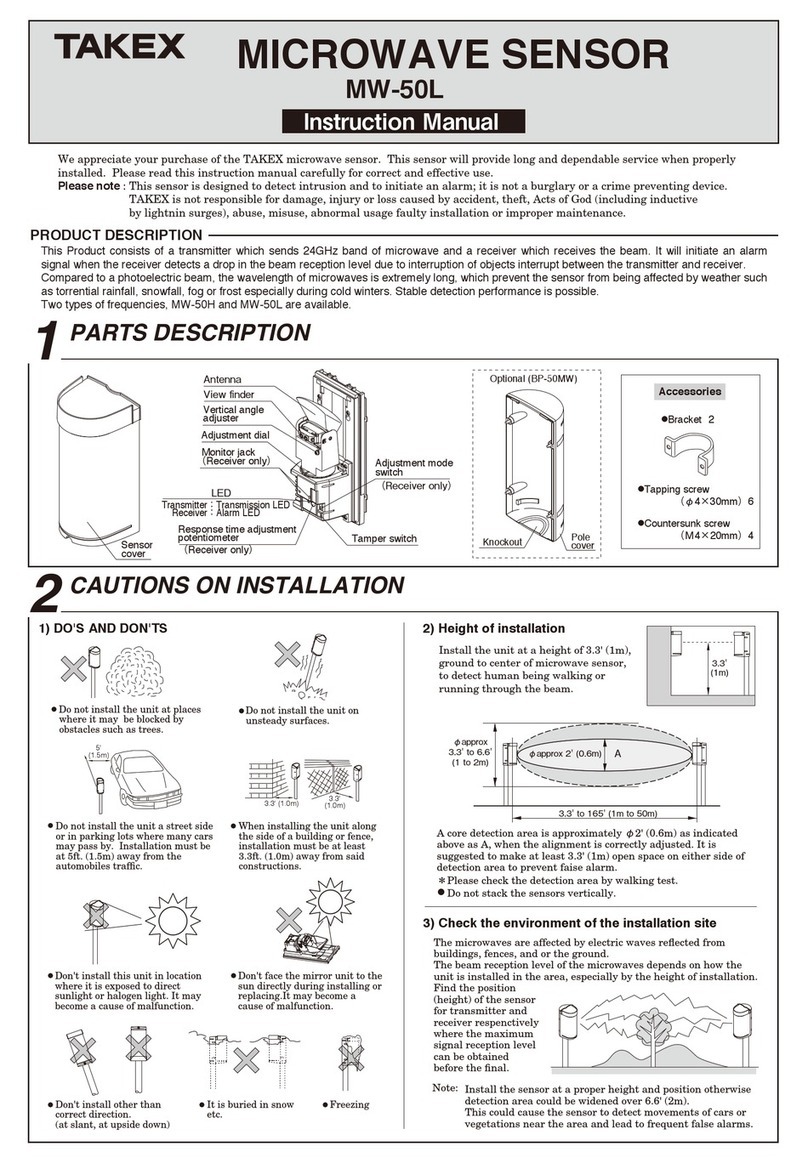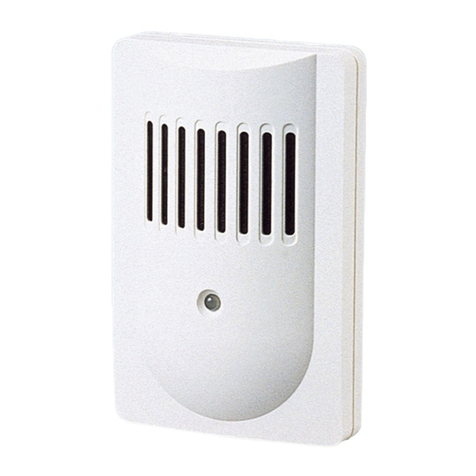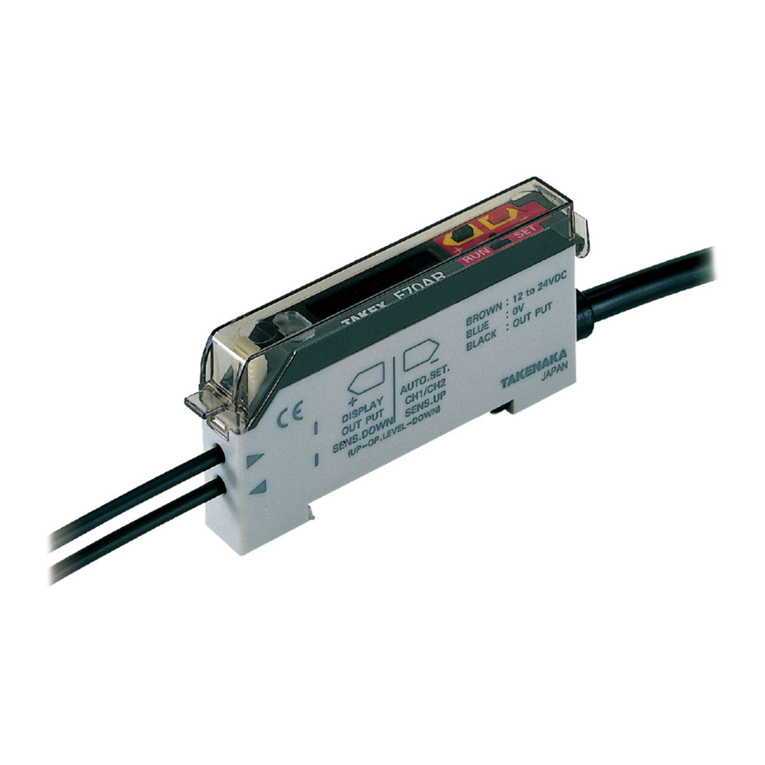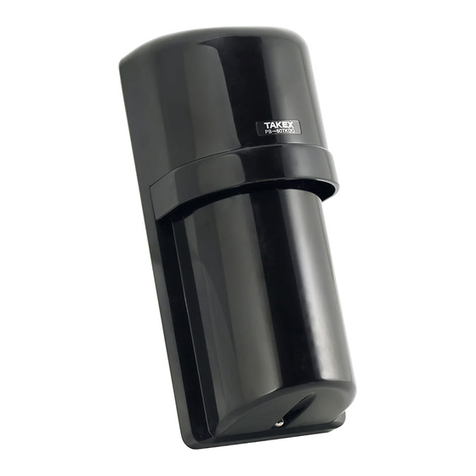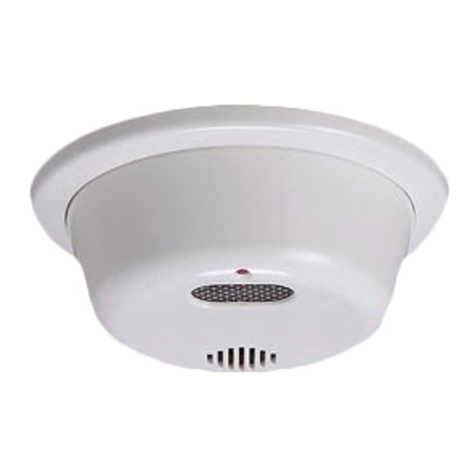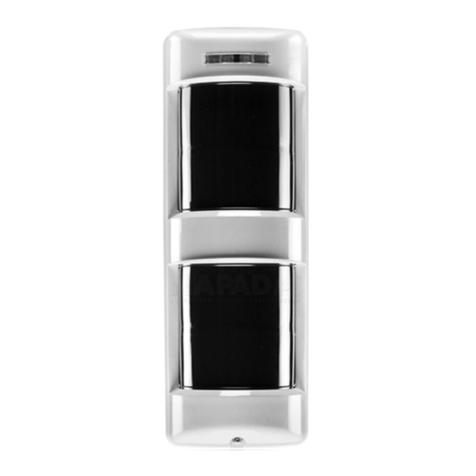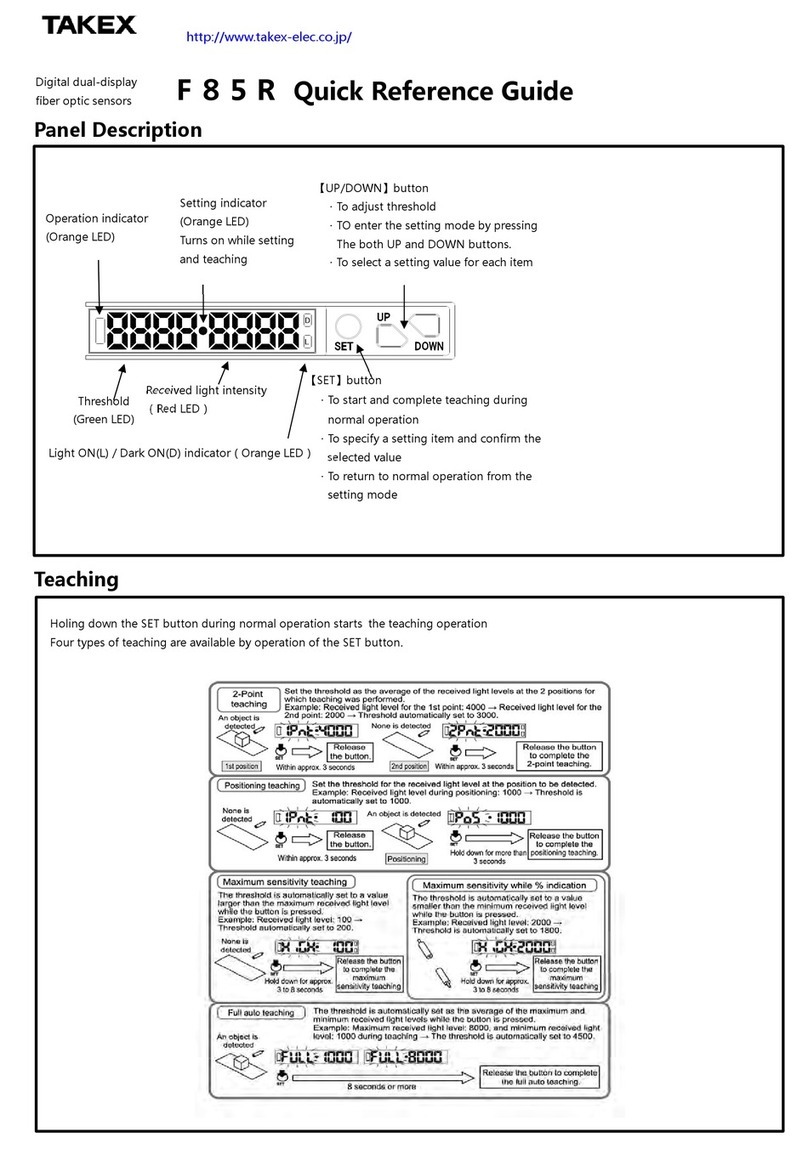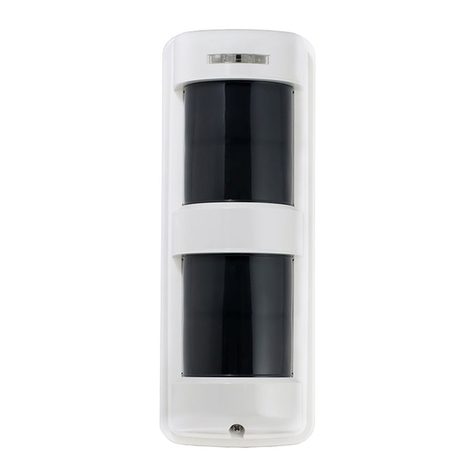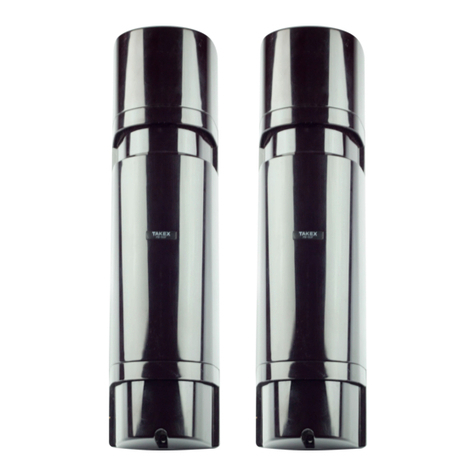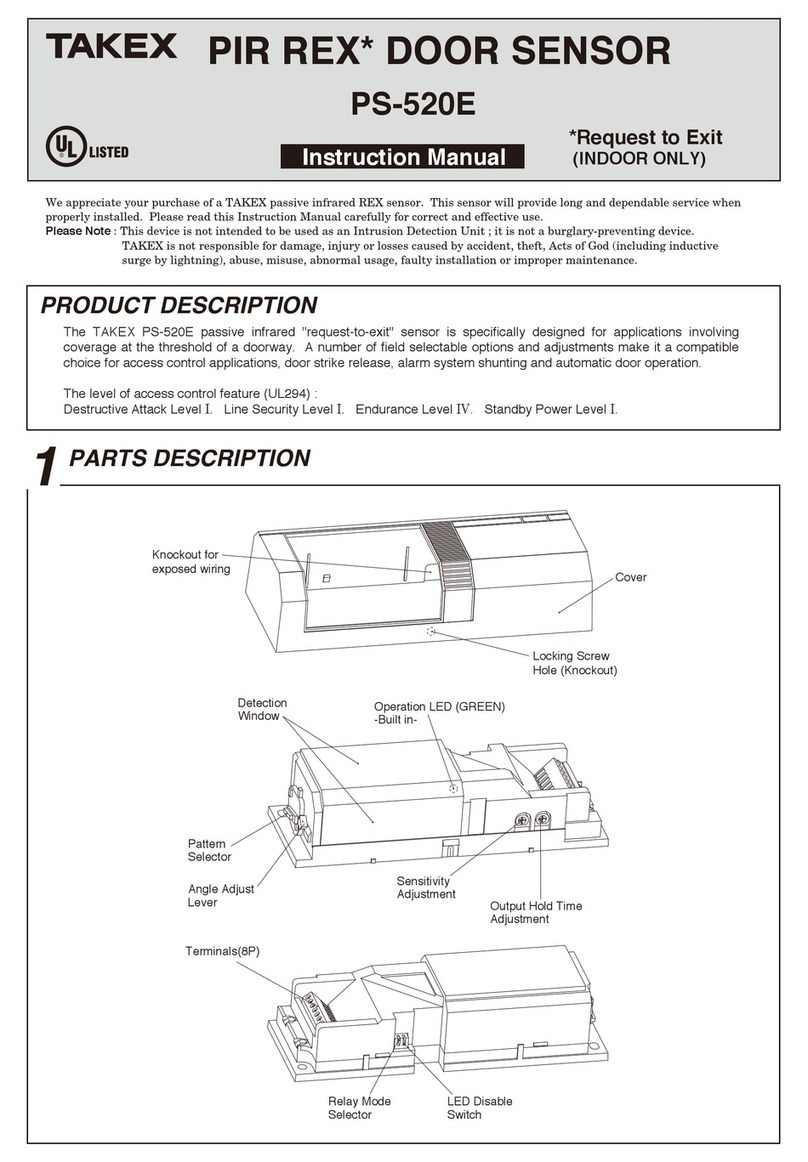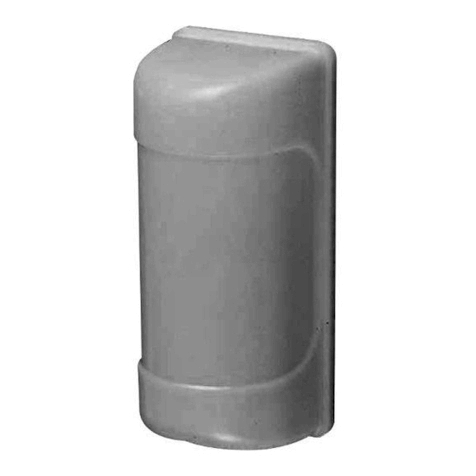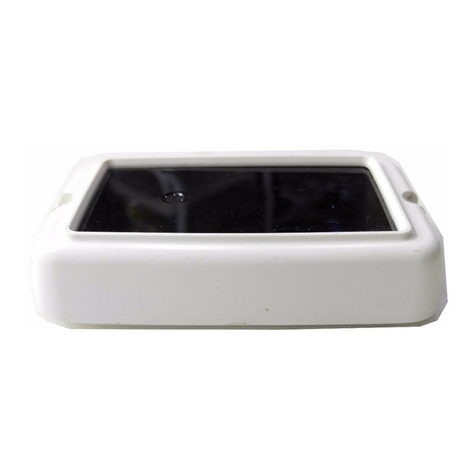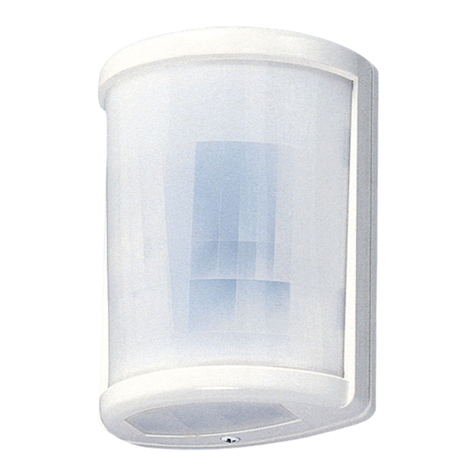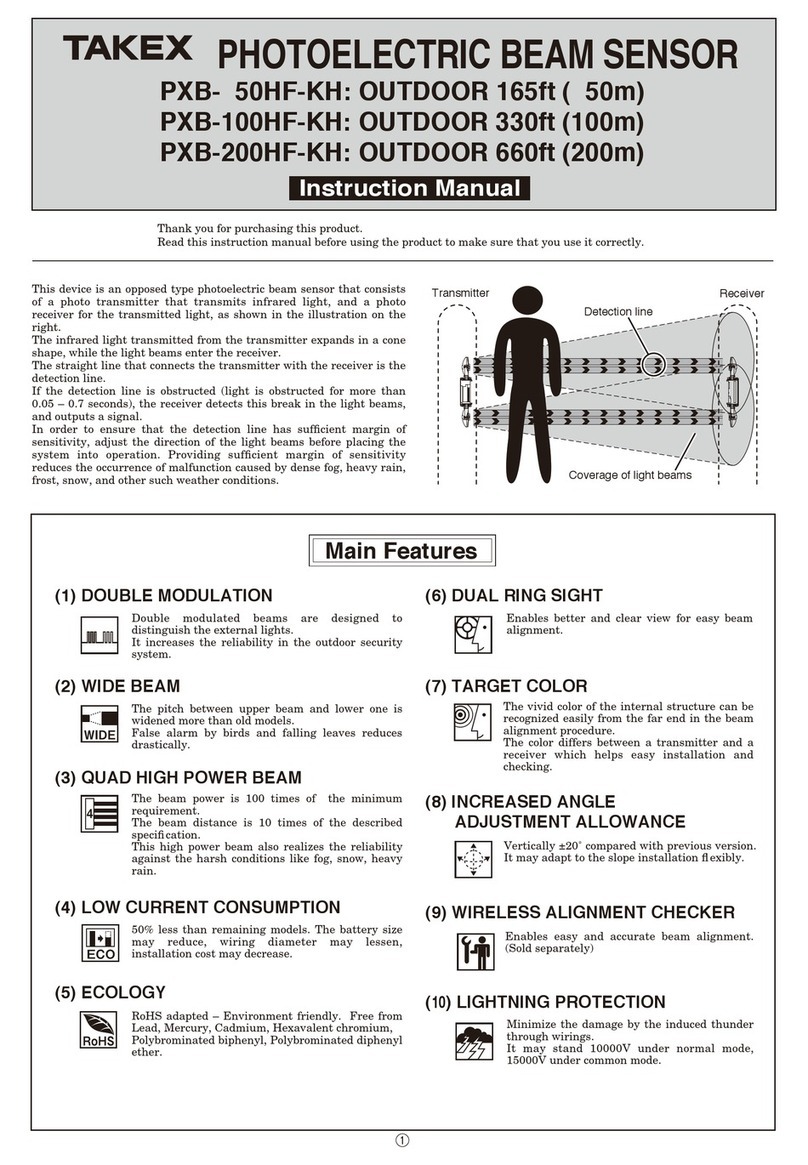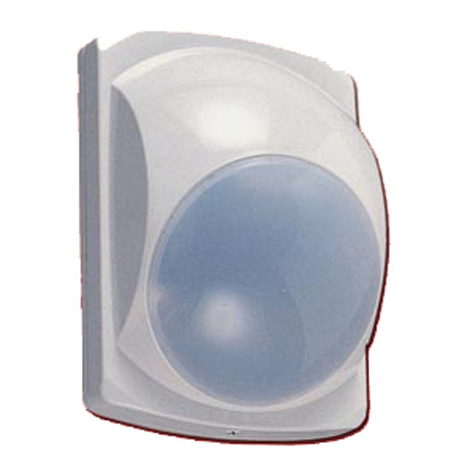
Main Features
Coverage of light beams
Detection line
Receiver
Transmitter
(1) DOUBLE MODULATION
(2) WIDE BEAM
(3) QUAD HIGH POWER BEAM
(4) LOW CURRENT CONSUMPTION
(5) ECOLOGY
(6) INSECT/ WATER PREVENT
(7) DRIP-PROOF HOUSING
(8)
(9)
DUAL RING SIGHT
TARGET COLOR
(
10
) INCREASED ANGLE
ADJUSTMENT ALLOWANCE
(
11
) WIRELESS ALIGNMENT CHECKER
(
12
) LIGHTNING/SURGE PROTECTION
Instruction Manual
PHOTOELECTRIC BEAM SENSOR
PXB- 50F:OUTDOOR 165ft ( 50m)
PXB-100F:OUTDOOR 330ft (100m)
PXB-200F:OUTDOOR 660ft (200m)
Thank you for purchasing this product.
Read this instruction manual before using the product to make sure that you use it correctly.
Prevents rain and snow from streaming down
the front side of housing, helping to avoid false
alarm.
The vivid color of the internal structure can be
recognized easily from the far end in the beam
alignment procedure.
The color differs between a transmitter and a
receiver which helps easy installation and
checking.
Enables easy and accurate beam alignment.
(Sold separately)
Minimize the damage by the induced lightning
through wirings.
It may stand 10000V under normal mode,
15000V under common mode.
Vertically ±20˚ compared with previous version.
It may adapt to the slope installation exibly.
Enables better and clear view for easy beam
alignment.
This device is an opposed type photoelectric beam sensor that consists of a
photo transmitter that transmits infrared light, and a photo receiver for
the transmitted light, as shown in the illustration on the right.
The infrared light transmitted from the transmitter expands in a cone
shape, while the light beams enter the receiver.
The straight line that connects the transmitter with the receiver is the
detection line.
If the detection line is obstructed (light is obstructed for more than 0.05 –
0.7 seconds), the receiver detects this break in the light beams, and outputs
a signal.
In order to ensure that the detection line has sufcient margin of
sensitivity, adjust the direction of the light beams before placing the
system into operation.
Providing sufcient margin of sensitivity reduces the occurrence of
malfunction caused by dense fog, heavy rain, frost, snow, and other such
weather conditions.
①
Double modulated beams are designed to
distinguish the external lights.
It increases the reliability in the outdoor security
system.
The pitch between upper beam and lower one is
widened more than old models.
False alarm by birds and falling leaves reduces
drastically.
RoHS adapted – Environment friendly.
Free from Lead, Mercury, Cadmium, Hexavalent
chromium, Polybrominated biphenyl, Polybromi-
nated diphenyl ether.
50% less than remaining models.
The battery size may reduce, wiring diameter may
lessen, installation cost may decrease.
Anti-insect bushing and special gasket enable
IP65 rated tight housing.
The beam power is 100 times of the minimum
requirement.
The beam distance is 10 times of the described
specication.
This high power beam also realizes the reliability
against the harsh conditions like fog, snow, heavy
rain.
